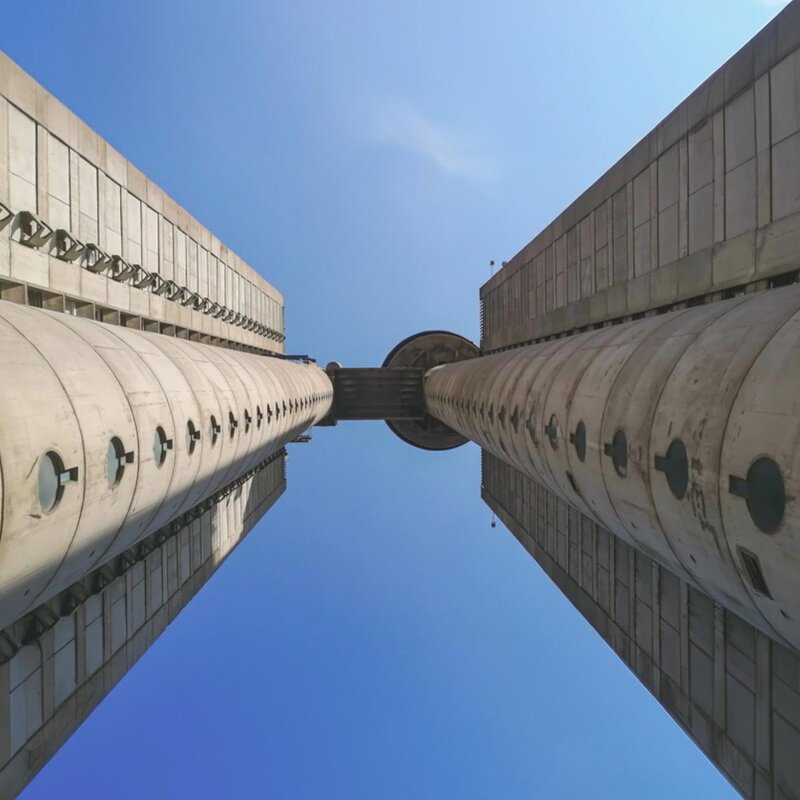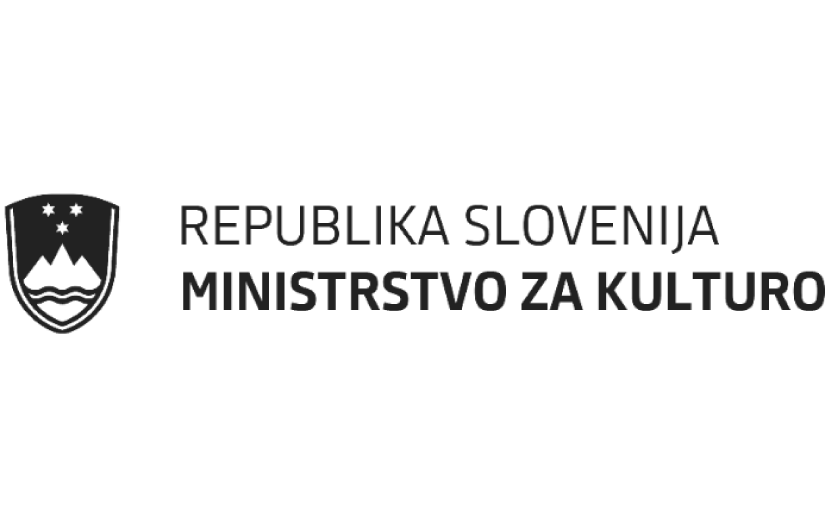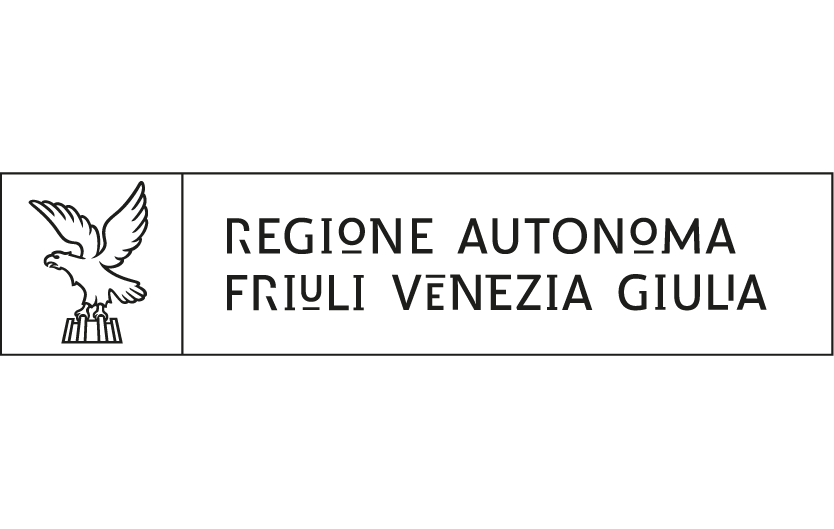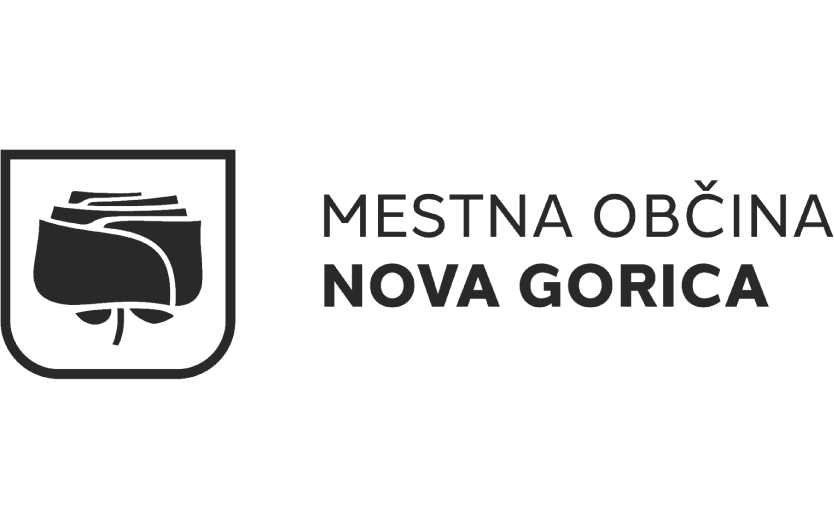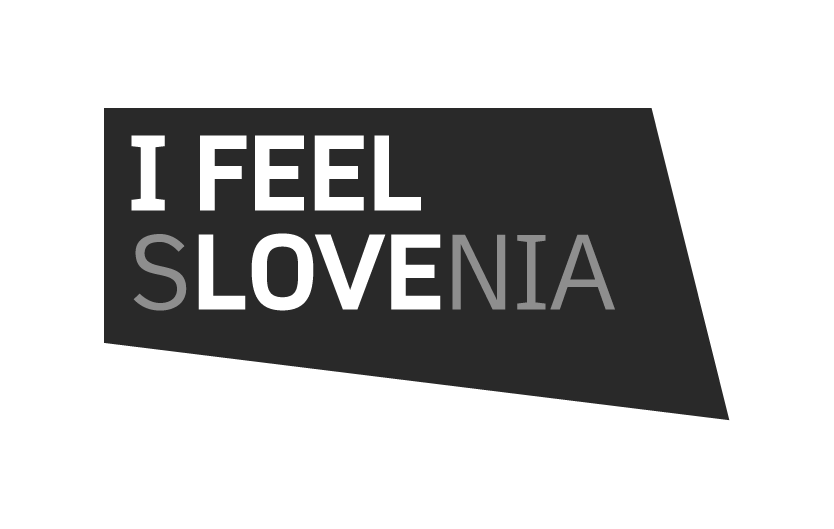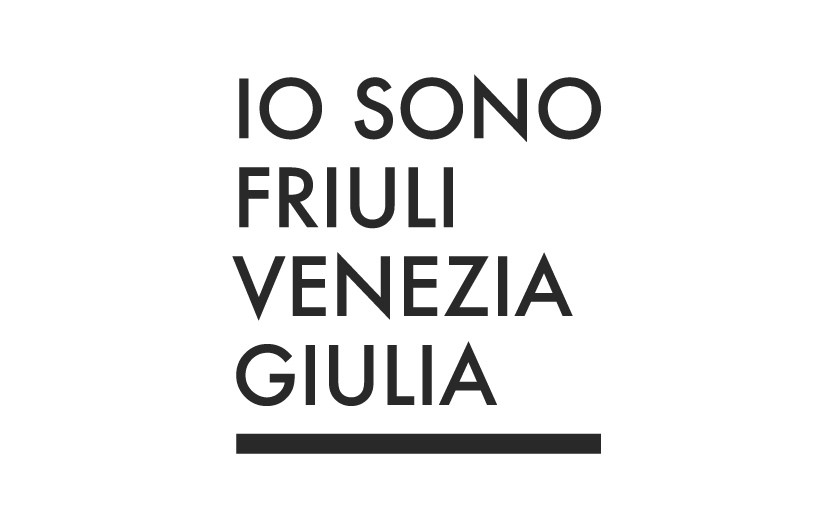When:
from 10.00
Architecture Live: Ravnikar in Nova Gorica, Book Presentation The Structure of Modernity and Tour of the Plans of Nova Gorica.
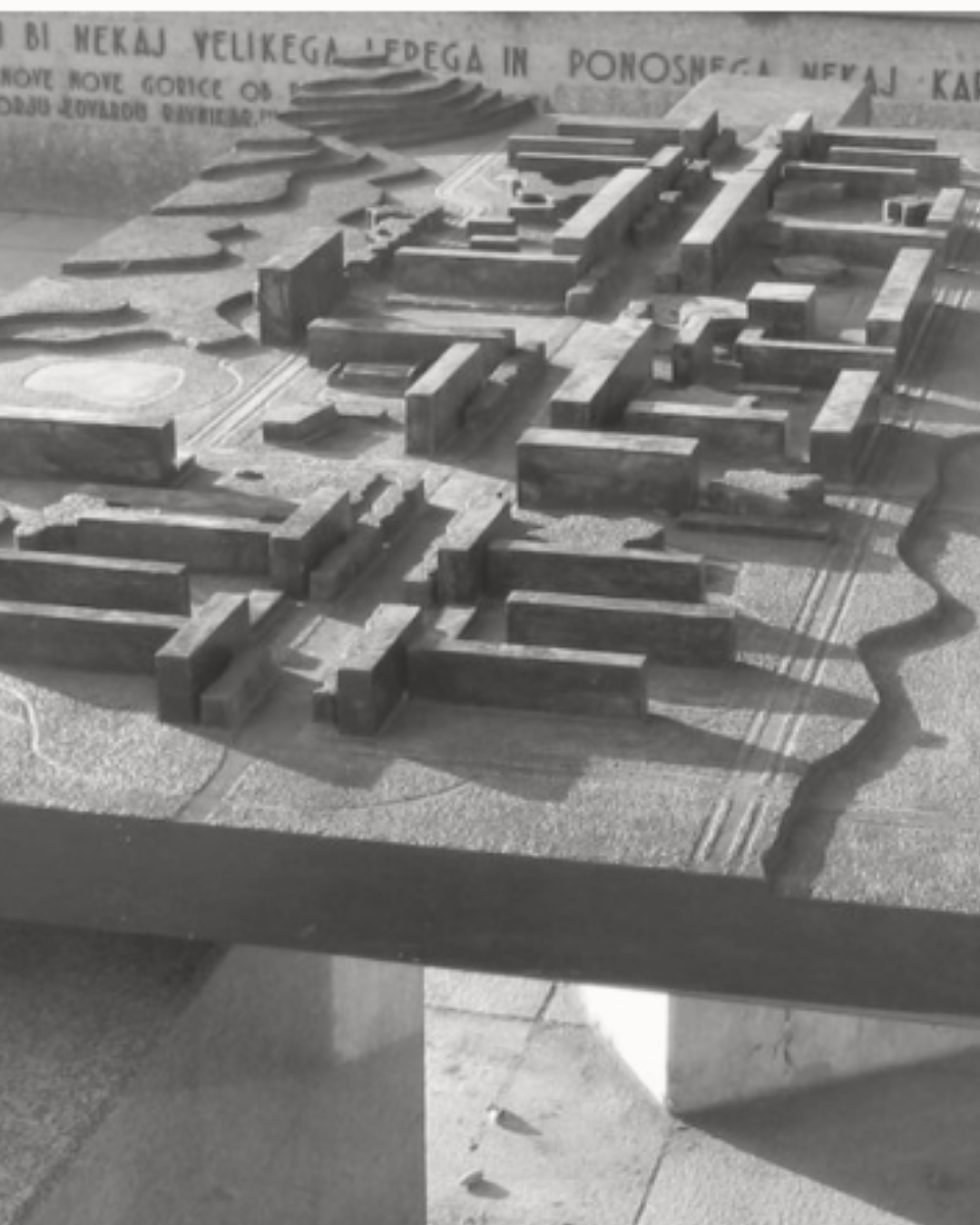
On 15 November, you are warmly invited to Nova Gorica for a day filled with architecture and literature.
ARCHITECTURE LIVE: RAVNIKAR IN NOVA GORICA
10:00–11:30
Meeting point: at the exhibition Shining Invisible City, ground floor of the Eda Center, Delpinova 18, 5000 Nova Gorica
The event is accredited by ZAPS with 2 credit points from module B.
The spatial qualities of Nova Gorica, which we recognize today as its most distinctive, originate from the plan of Nova Gorica created by architect Edvard Ravnikar in the early post-war years, in search of spatial signs of the new border and a more humane urban environment. Although many elements were not built due to economic and financial reasons, the empty spaces still contribute to the city’s structure. In addition to Edvard Ravnikar, who worked on the Nova Gorica project for only a few years, many other architects left their mark on the city: Vinko Glanz with the municipal building, Marijan Vrtovec with the first designed pedestrian zone in then-Yugoslavia, long-time city planner Tomaž Vuga with the well-known Gradnik Brigade neighborhood, Vojteh Ravnikar with the theater and library, and Sadar+Vuga Architects with the recent renovation of the railway station and underpass within the ECoC district.
Our tour of Nova Gorica will start at the exhibition Shining Invisible City, curated by Nonument Group at the Eda Center in Nova Gorica, as part of the European Capital of Culture 2025. The exhibition explores and highlights demolished, rebuilt, partially built, abandoned, and unrealized projects. These are public spaces, buildings, and other architectural elements conceived with care and dedication to the “City of Roses” but now physically invisible. Some, like the concrete sun sculpture near the legendary Argonauti complex, were demolished long ago. Others, such as the Knowledge Park by architect Boris Podrecca, exist only as ideas on paper. Still others, like the project for 12 Ravnikar blocks, were only partially completed—six buildings were constructed on the southern side of the Magistrala, while the mirrored six on the northern side were not. It is precisely these gaps and unfinished layouts that give the city a dual image of an unattainable ideal and a perpetual construction site, preserving Nova Gorica’s utopian essence that often vanishes quickly from realized utopias.
During the walk through Nova Gorica, we will observe the intertwining of built and unbuilt layers of the city. The tour will be led by Eva Sušnik, co-author of the Shining Invisible City exhibition, an architect living and working in Nova Gorica. She contributes to the architecture magazine Outsider, as well as Razpotja and Isonzo-Soča. Her interests include space and the architectural history of Gorizia and Nova Gorica.
BOOK PRESENTATION: THE STRUCTURE OF MODERNITY – SEARCHES OF EDVARD RAVNIKAR
12:00–13:30
Presentation of the bilingual scholarly monograph on Edvard Ravnikar and discussion with editor Dr. Miloš Kosce and other contributors.
Architect Edvard Ravnikar consistently demonstrated that creativity arises from nurturing critical doubt and analytical reflection on the current state—fundamentals of any original intervention in the world. Therefore, in the context of 21st-century social and environmental change, Ravnikar’s architecture is not merely a chapter in modernist history, but an intellectual challenge showing how an architect can engage with society through creative doubt in space, drawing, painting, and writing, establishing a framework for a better world.
The newly published book The Structure of Modernity presents new scholarly contributions on the work and thought of our central modernist architect, also considered the father of Nova Gorica’s urban form. Based on research of Ravnikar’s estate, donated to the Museum of Architecture and Design (MAO) by his heirs in 2022–2023, along with contributions from the Faculty of Architecture, the exhibition and book explore Ravnikar’s specific creative process rather than only his completed works. The book presents the complexity of development, dilemmas, changes, and destinies of key Ravnikar projects, through which the architect critically examined international style dogmas and laid the foundation for an independent modernism of the Ljubljana School of Architecture.
Five aspects of Ravnikar’s creative work mark intellectual and creative milestones for Slovenian and international architectural modernism. Contributors include:
- Susanna Campeotto on Ravnikar’s memorial designs of the 1950s–60s, blending modernist aesthetics with the Plečnik school’s experiences.
- Aleš Vodopivec on the Kranj District People’s Committee building, a synthesis of modernism and tradition forming a cornerstone of 20th-century Slovenian architectural identity.
- Vladimir Kulić on the Revolution Square project in Ljubljana, creating new architectural knowledge rooted in tradition yet emancipated from it. Research on unrealized urban plans for Skopje and Venice revealing Ravnikar’s radical urban vision.
- Martina Malešič on the architect and his students’ approaches to modern housing as a laboratory for disseminating ideas.
- Nika Novak and Maruša Dražil on professional dilemmas in preserving Ravnikar’s legacy at MAO, highlighting archival access in the 21st century.
Illustrations include archival materials from the Ravnikar collection at MAO, with photography by Peter Žargi documenting the state, preservation, and use of Ravnikar’s works in 2023. Excerpts from Ravnikar’s personal diaries, largely unpublished and in the possession of his descendants, enrich the book.
MAO COLLECTION – LIVE VIEWING OF NOVA GORICA PLANS
13:30–14:00
Viewing of selected Ravnikar plans and sketches for Nova Gorica from the MAO collection at the Eda Center, Delpinova 18, 5000 Nova Gorica
The Museum of Architecture and Design (MAO) preserves a rich legacy of Edvard Ravnikar, including plans, sketches, and photographs from the period of designing Nova Gorica. At this event, visitors will have a unique opportunity to view the materials in person and examine them closely with curators and experts on Ravnikar’s architecture.
***GO! 2025 has its own policy for event publication, available at this link. Not all information provided may be current and/or accurate and GO! 2025 does not accept any responsibility in this regard. It's recommended to contact the event organizer directly to verify the information of interest.
